
Advanced Certification in Full Stack Development
Ranked #1 Full Stack Training Institute with Placement.
Besant Technologies provides the Best Full Stack Training in Chennai, Bangalore & Online with 100% placements. Learn Full Stack Course from Basics to Advanced and get real-time experience.
- Enroll Now for Trending Courses with Job Assurance
- 15+ Years experience in Software Training & Placements
- 20+ Branches in Chennai & Bangalore
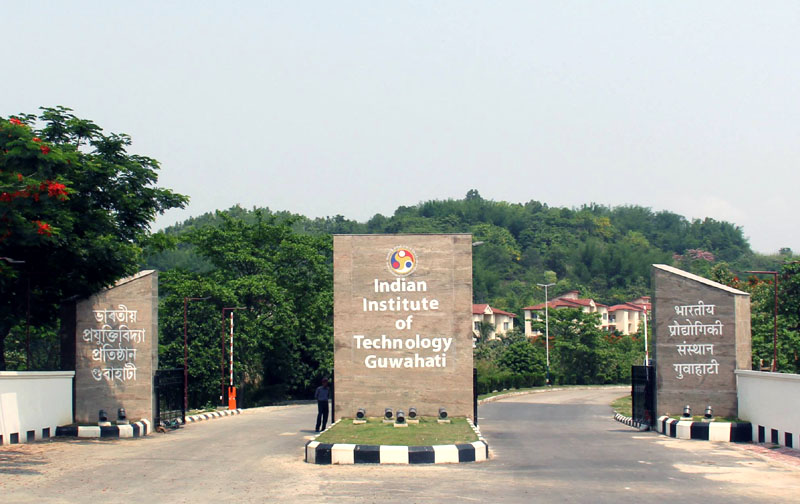
17.6k Learners

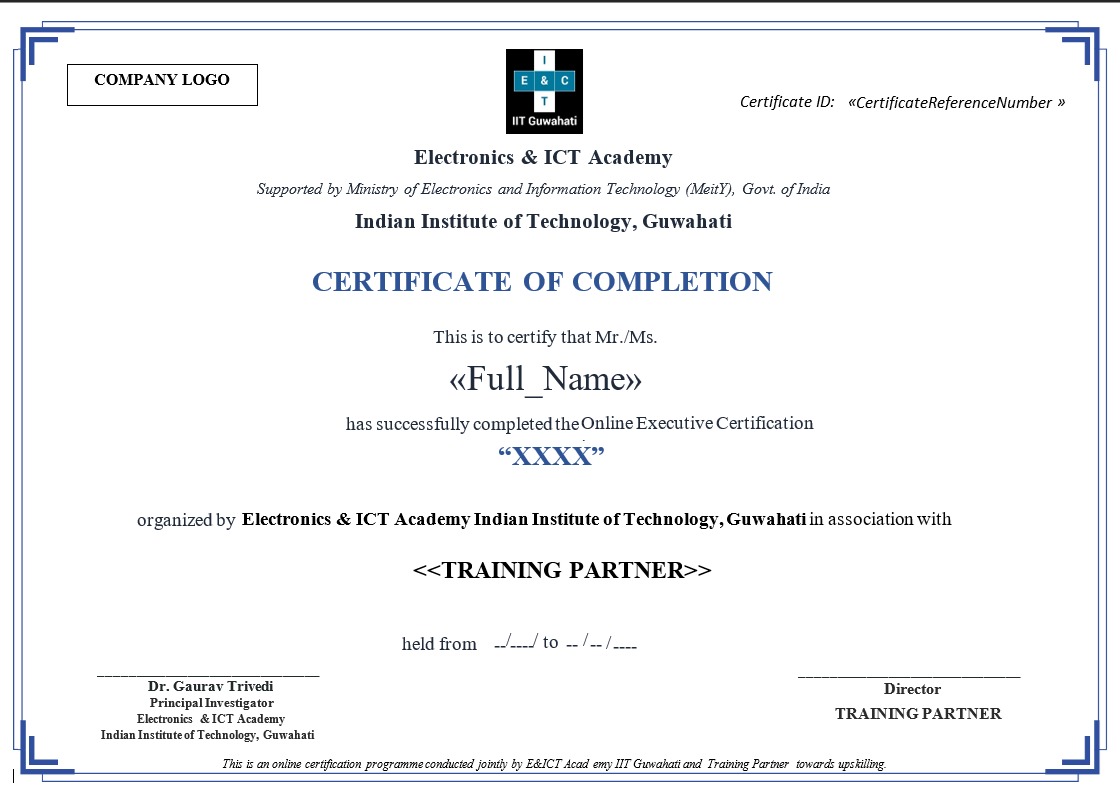 E&ICT, IIT Guwahati
E&ICT, IIT Guwahati
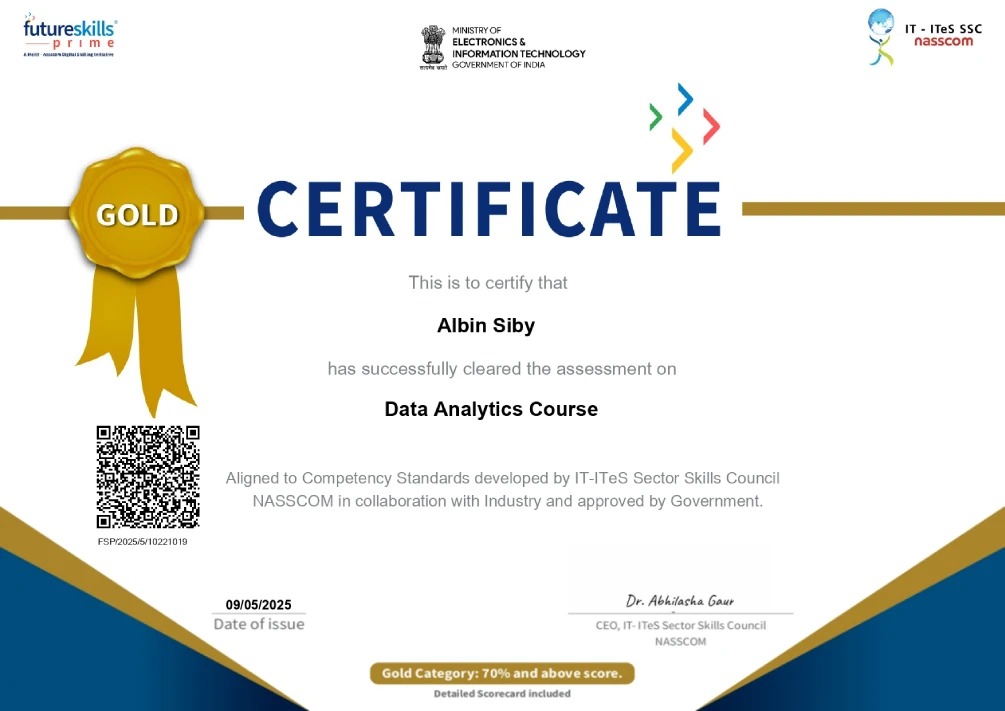 NASSCOM Future Skills
NASSCOM Future Skills
 Certificate of Participation
Certificate of Participation
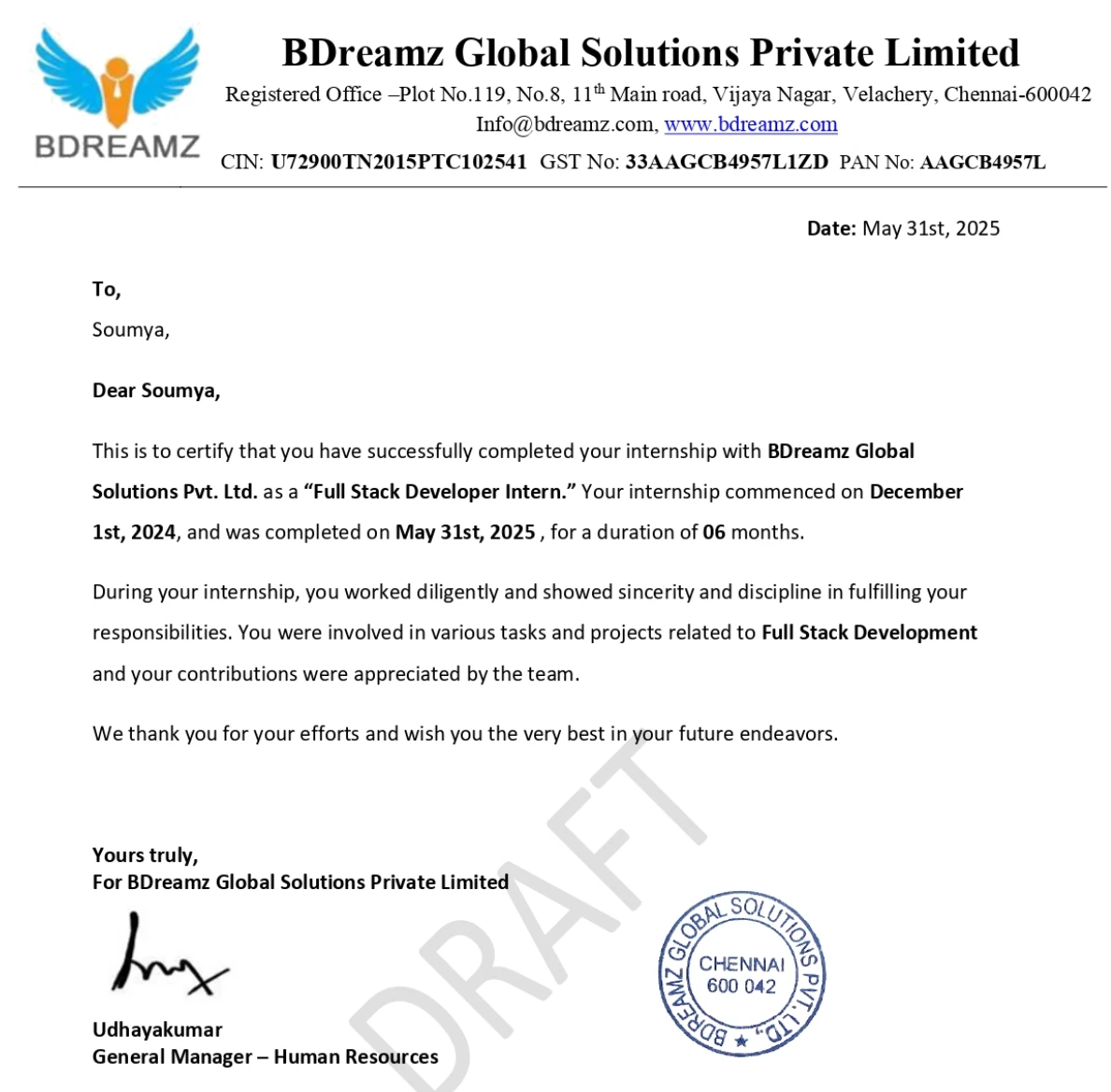 Letter for Internship Completion
Letter for Internship Completion
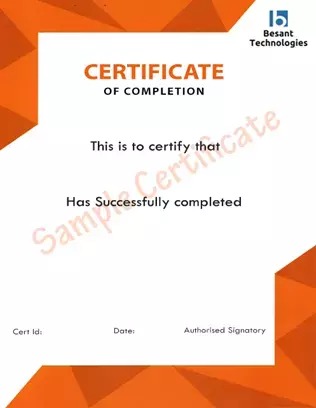 Course Completion Certificate
Course Completion Certificate






















